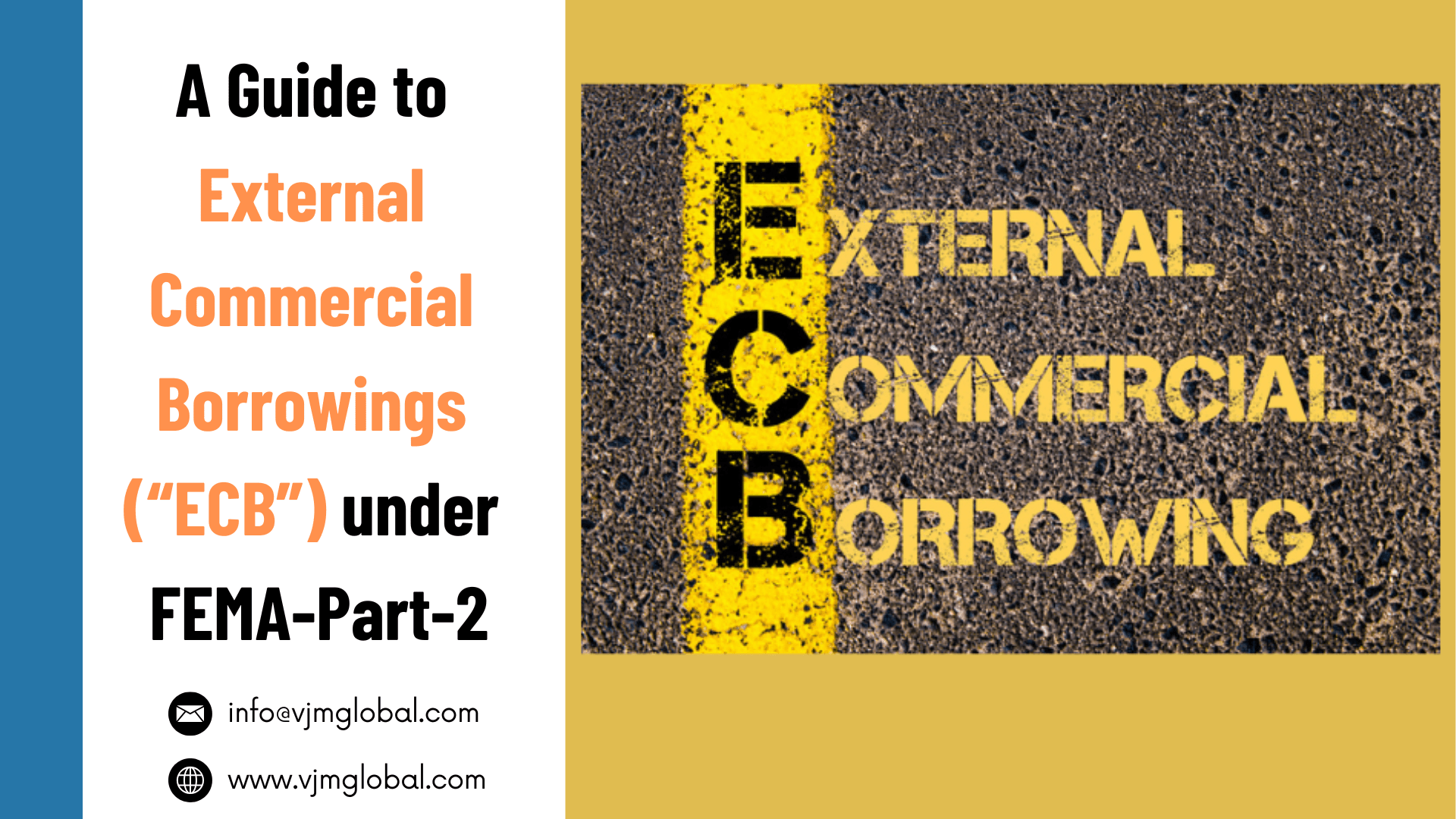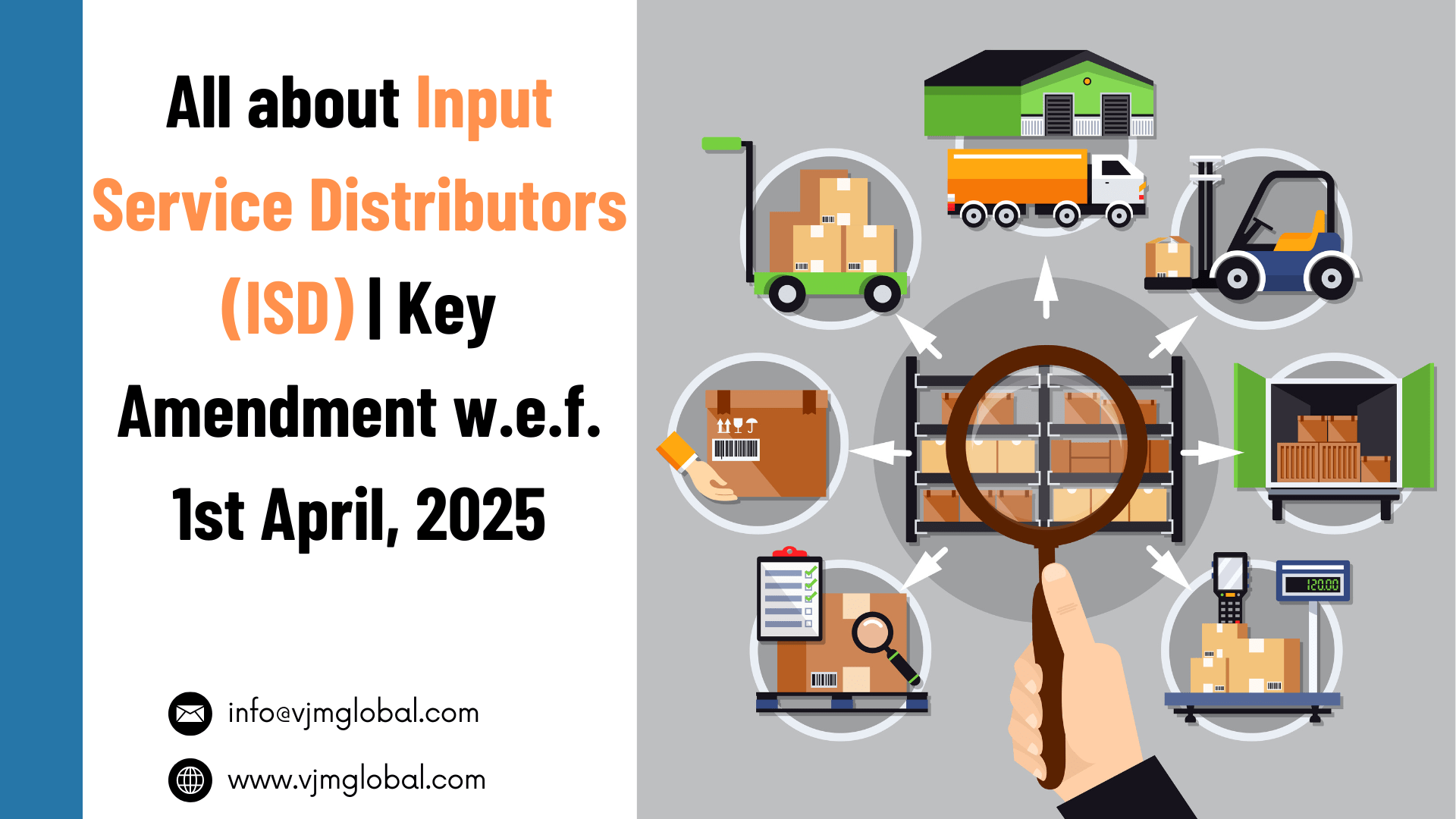In case of export of goods without payment of IGST under Letter of Undertaking (LUT) or Bond, the taxpayer is entitled to claim refund of accumulated Input Tax Credit. For this purpose, taxpayer is required to file a refund application in Form GST RFD-01 along with all supporting documents. While processing the refund application, All zero-rated supplies are cross-checked with Shipping bills available on ICEGATE gateways. However, one of the major issue notice while processing refund applications is the difference in value of Invoice and corresponding value declared on Shipping Bill.
Due to this reason various GST refund applications have been put to hold or have been rejected. Now, the GST refund is being processed by the department in these cases. However, disputes are still going around about which value should be considered while computing the admissible refund amount under Rule 89(4) of CGST Rules.
This issue has been discussed in detail in this article:
1. Invoice Value Vs Shipping Bill Value on export Invoices
- As per Common trade practice, export and import transactions are carried out as per INCOTERMS, i.e., a set of internationally recognized rules which define the responsibilities of sellers and buyers in the export transaction.
- As per INCOTERMS, an export transaction can be carried out on FOB, CIF, C & F etc. terms.
- On Free on Board (FOB) basis, property/ Ownership in goods is transferred at the time of loading of goods on ship at the seller’s port. The responsibility of taking goods to the port of buyer is of the buyer. Therefore, the entire cost of freight and insurance of transit is borne by the buyer. Consideration charged by the seller in these cases contains sales price and freight & Insurance from seller’s premises to the seller’s port of export.
- In case of Cost, Insurance & Freight (CIF) Contract, ownership is transferred to the buyer at the time goods reach the port of buyer. Therefore, the cost of freight and insurance of transit is borne by the seller. Consideration charged by the supplier includes both sales consideration and cost of freight and insurance.
1.1 What is Invoice Value
- In case of export of goods, the taxpayer is required to prepare a tax invoice in accordance with provisions of GST Law.
- As per Section 15 of CGST Act, applicable to IGST Act as well, value of supply of goods shall be as follows:
- Section 15(1): Value of supply shall be the transaction value, i.e., price actually paid or payable for such supply.
- Section 15(2)(c): value of supply shall include incidental expenses charged by the supplier to the recipient for anything done by the supplier with respect to such supply before delivery of goods.
- Therefore, as per Section 15 of CGST Act, in case of CIF contracts, value of invoice shall be considered charged by the supplier, including value of freight and insurance.
1.2 What is Value declared on Shipping Bill
- As per custom law, while filing a shipping bill, the exporter is required to declare FOB value on the Shipping bill even in case of CIF Contract.
- On ICEGATE as well, FOB value of the invoice appears.
- In certain cases as well, taxpayers declares different value on shipping bill as compared to invoice value
2. Which value is to be considered while processing refund applications under GST
- This has been brought to the notice of CBIC while processing refund of accumulated ITC on account of export of goods without payment of IGST, there are various cases where the value declared in the tax invoice is different from the export value declared in the corresponding shipping bill under the Customs Act.
- Therefore, CBIC has clarified the issue vide Para 9 of circular No. 37/11/2018-GST dated 15th March, 2018 which states:
- Zero-rated supply of goods is effected under the provisions of the GST laws.
- An exporter, at the time of supply of goods declares that the goods are for export and the same is done under an invoice issued under rule 46 of the CGST Rules.
- The value recorded in the GST invoice should normally be the transaction value determined in accordance with Section 15 of CGST Act.
- The same transaction value should normally be recorded in the corresponding shipping bill / bill of export.
- However, During the processing of the refund claim, the value of the goods declared in the GST invoice and the value in the corresponding shipping bill should be examined and the lower of the two values should be sanctioned as refund.
- Therefore, as per clarification issued by department, in case of difference in invoice value and shipping bill value, lower of the two values should be taken to sanction the refund.
3. Computation of Refund Amount
- As per Rule 89(4) of CGST Rules, In case of zero-rated supply of goods without payment of IGST under LUT or Bond, Refund of ITC to be granted shall be computed by following formula:
Refund Amount = (Turnover of zero-rated supply of goods + Turnover of zero-rated supply of services) x Net ITC ÷Adjusted Total Turnover
- Turnover of Zero-rated supply of goods shall be lower of the following amount:
- the value of zero-rated supply of goods made during the relevant period without payment of tax under bond or letter of undertaking; or
- 1.5 times value of the like goods domestically supplied by the supplier.
- “Adjusted Total Turnover” shall:
- Include:
- the turnover in a State or a Union territory, as defined under Section 2(112) of CGST Act,, excluding the turnover of services; and
- the turnover of zero-rated supply of services and non-zero-rated supply of services,
- Exclude:
- the value of exempt supplies other than zero-rated supplies; and
- the turnover of supplies in respect of which refund is claimed under sub-rule (4A) or sub-rule (4B) or both, if any,.
- Include:
4. Issue arises in the computation of refund amount
- While computing refund amount under Rule 89(4) of CGST Rules, GST officials considered lower of the invoice value and shipping bill value as clarified vide circular No. 37/11/2018-GST dated 15th March, 2018.
- While computing refund amount under rule 89(4), proper officer considered Lower amount while computing the value of “Turnover of Zero Rated Supply” of goods in the numerator as per clarification issued by the department.
- However, while computing Adjusted total turnover, the proper officer considers invoice value instead of lower of Invoice value. Therefore, it resulted in granting a reduced amount of refund to taxpayers.
- E.g.
| Invoice Value of Zero rated supply (as declared in GST return as well) | 1,00,000 |
| Shipping Bill value of such zero rated supply | 90,000 |
| Domestic Supply | 1,00,000 |
| Net ITC | 50000 |
| Refund amount sanction by GST Authority is (90000/200000*50000) | 22,500 |
| Refund amount claimed by Assessee (90,000/1,90,000*50000) | 23,684 |
5. Clarification on the computation of “Adjusted Total Turnover”
- CBIC has clarified the manner of computation of “Adjusted Total Turnover” vide Para 4 of Circular No. 147/03//2021-GST dated 12th March, 2021.
- As per circular, value of adjusted total turnover includes the turnover in a State or a Union territory as defined under section 2(112) of CGST Act.
- As per Section 2(112) of CGST Act, 2017, “Turnover in State or turnover in Union territory” means the aggregate value of:
- all taxable supplies (excluding the value of inward supplies on which tax is payable by a person on reverse charge basis);
- exempt supplies made within a State or Union territory by a taxable person,
- exports of goods or services or both; and
- inter State supplies of goods or services or both made from the State or Union territory by the said taxable person
- but excludes central tax, State tax, Union territory tax, integrated tax and cess”.
- “Adjusted total turnover” includes “Turnover in state or Turnover in union territory”. As per Section 2(112) of CGST Act, 2017, “Turnover in state or Turnover in union territory” includes value of export or value of zero-rated supply. Therefore, Value of Zero rated supply computed for the purpose of Rule 89(4) of CGST Rules should be considered while computing “Turnover in state or turnover of Union Territory”. Accordingly, “Adjusted Total Turnover” shall include the value of zero-rated supply computed for purpose of Rule 89(4) of CGST Rules.
- Therefore, lower of invoice value and shipping bill value is to be considered for the computation of both “Zero rated Supply” and “Adjusted Total Turnover”.













